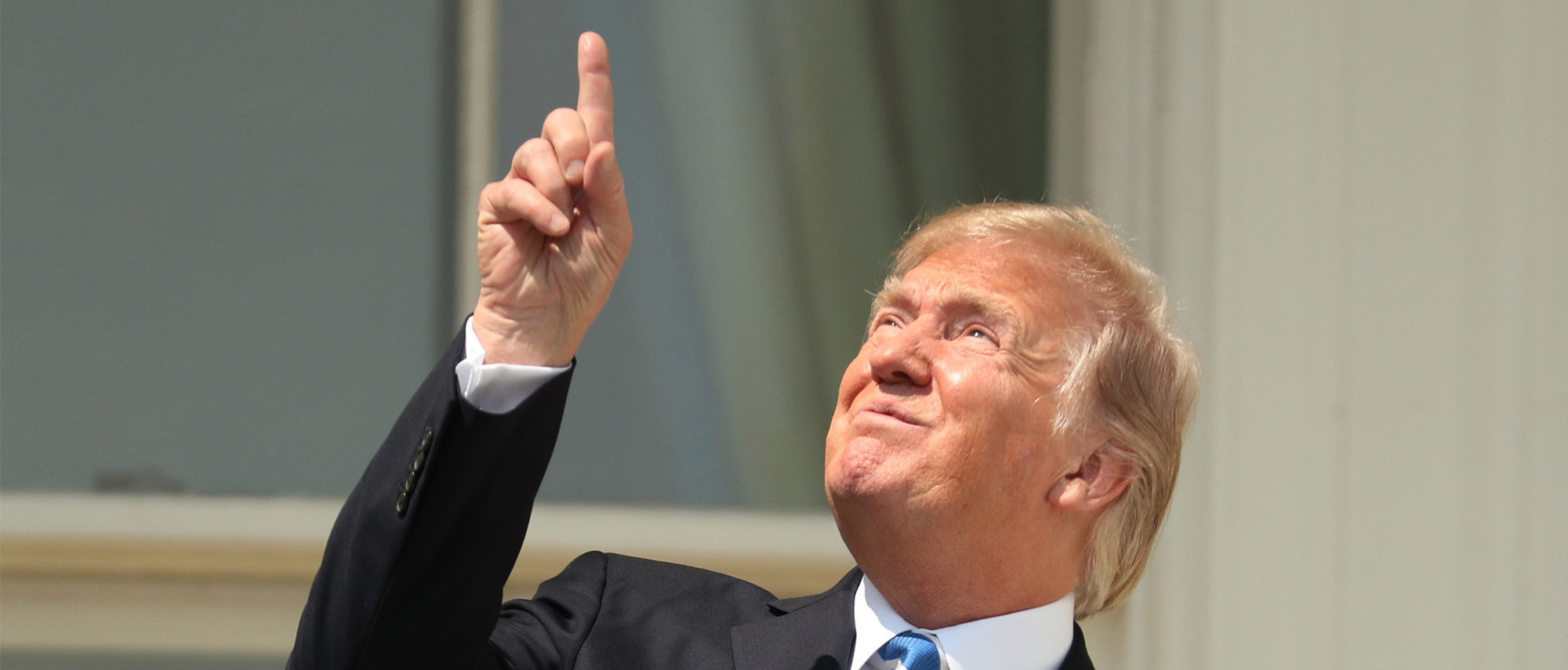

What are the consequences of the tariffs?
- Consumer: Higher cost
- Solar industry: loss of jobs, slowing of a fast-growing industry
- Country: higher rate of unemployment, an international tension between China
On Monday, January 22nd the Trump administration announced that it would impose steep tariffs on imported solar panels, which could raise the cost of solar power in the years ahead, slowing adoption of the technology and costing jobs.
President Trump approved solar tariffs for the next four years, starting with levies of 30 percent that will ultimately fall to 15 percent in year 4. The tariff will drop by 5 percent annually before going away after the fourth year. In each of the four years, the first 2.5 gigawatts of imported solar cells will be exempted from the tariff, an exception designed to ensure that existing solar module manufacturers in the United States can still access cheap supplies of cells.
Suvi Sharma, the chief executive of Solaria, a solar panel maker headquartered in California that makes products in both the United States and South Korea, says the trade action would be an incentive to shift more of its operations into the United States. Sharma also worries that the action could damage the industry’s prospects by making solar energy more expensive in a highly competitive utility market.
To put the tariff into perspective, currently, 95 percent of America’s solar panels are imported. The average cost of solar installations in the United States has fallen 70 percent since 2010, from $7.50 per watt down to around $1 per watt.
The imposition of tariffs will most likely push existing trade tensions with other nations, including China, and could result in an escalation of retaliatory trade measures against imports from the United States. China and South Korea both harshly criticized the move, each suggesting they could take their complaints to the World Trade Organization, which settles trade disputes between countries
The Solar Energy Industries Association (SEIA) – the national trade association for the U.S. industry – and its members expressed disappointment in the decision by President Trump to impose 30 percent tariffs on imported solar cells and panels.
The decision effectively will cause the loss of roughly 23,000 American jobs this year, including many in manufacturing, resulting in the delay or cancellation of billions of dollars in solar investments.
About half of U.S. solar jobs are in installation, with others in manufacturing, sales, product development and other sectors. The impact of the decision will be far-reaching across all sectors of the solar economy, say members of the SEIA.
SEIA estimates that a tariff at this level will eliminate, not add to, American manufacturing jobs. There were 38,000 jobs in solar manufacturing in the U.S. at the end of 2016, and all but 2,000 made something other than cells and panels, the subject of this case. Those 36,000 Americans manufactured metal racking systems, high-tech inverters, machines that improved solar panel output by tracking the sun and other electrical products.
“There’s no doubt this decision will hurt U.S. manufacturing, not help it,” said Bill Vietas, president of RBI Solar in Cincinnati. “The U.S. solar manufacturing sector has been growing as our industry has surged over the past five years. Government tariffs will increase the cost of solar and depress demand, which will reduce the orders we’re getting and cost manufacturing workers their jobs.”
According to ROTH Capital, the duties usually become active after 15 days, however, a period to allow nations to apply for an exemption plus the complexity of the arrangement could see this period extended to 90 days.
The bottom line for homeowners: this tariff will increase the cost of a typical home solar installation by $500 to $1,000.
Tariff estimated impact on solar costs over time
| Year 1 | Year 2 (Est.) | Year 3 (Est.) | Year 4 (Est.) | |
| Module prices (low) | $0.33 | $0.32 | $0.30 | $0.29 |
| Module prices (high) | $0.40 | $0.38 | $0.36 | $0.34 |
| Tariff percentage | 30% | 25% | 20% | 15% |
| Tariff impact (per watt, low) | $0.10 | $0.08 | $0.06 | $0.04 |
| Tariff impact (per watt, high) | $0.12 | $0.10 | $0.07 | $0.05 |
| Tariff impact (for a 6 kW system, low) | $600 | $480 | $360 | $240 |
| Tariff impact (for a 6 kW system, high) | $720 | $600 | $420 | $300 |
With all that said, going solar is still cost-effective and the tariffs, fortunately, affect the southwest region of the United States less than other areas of the country.



